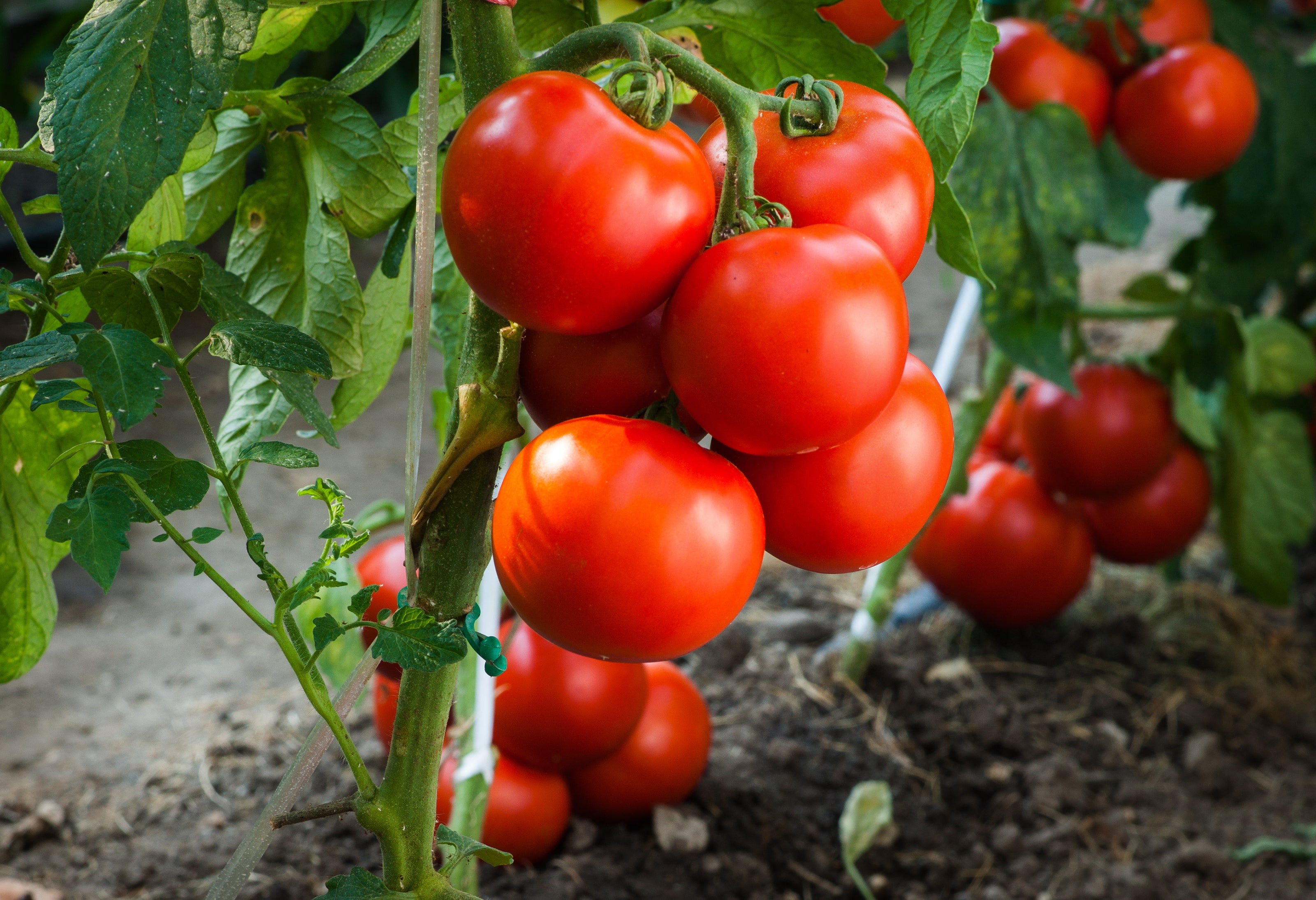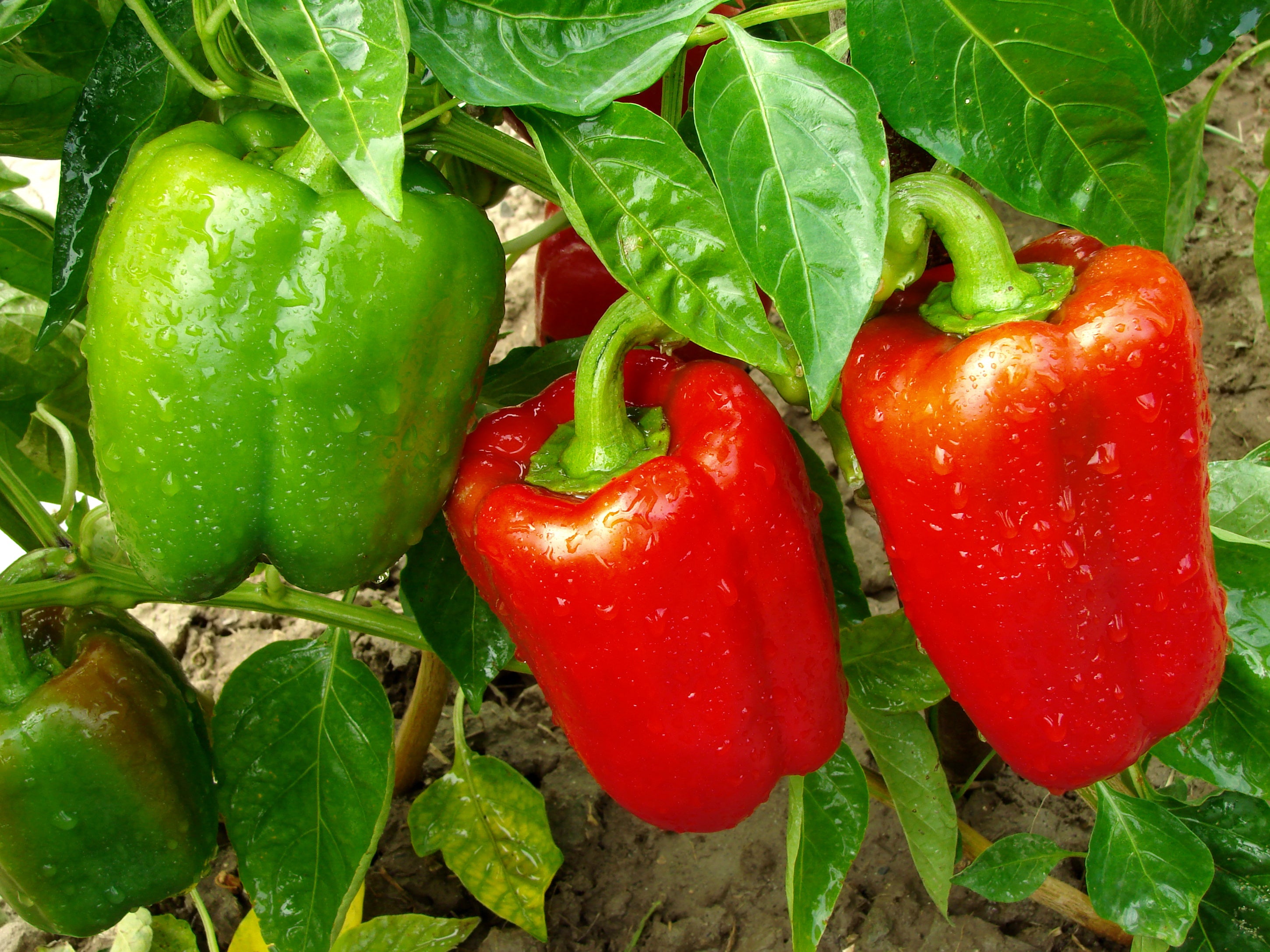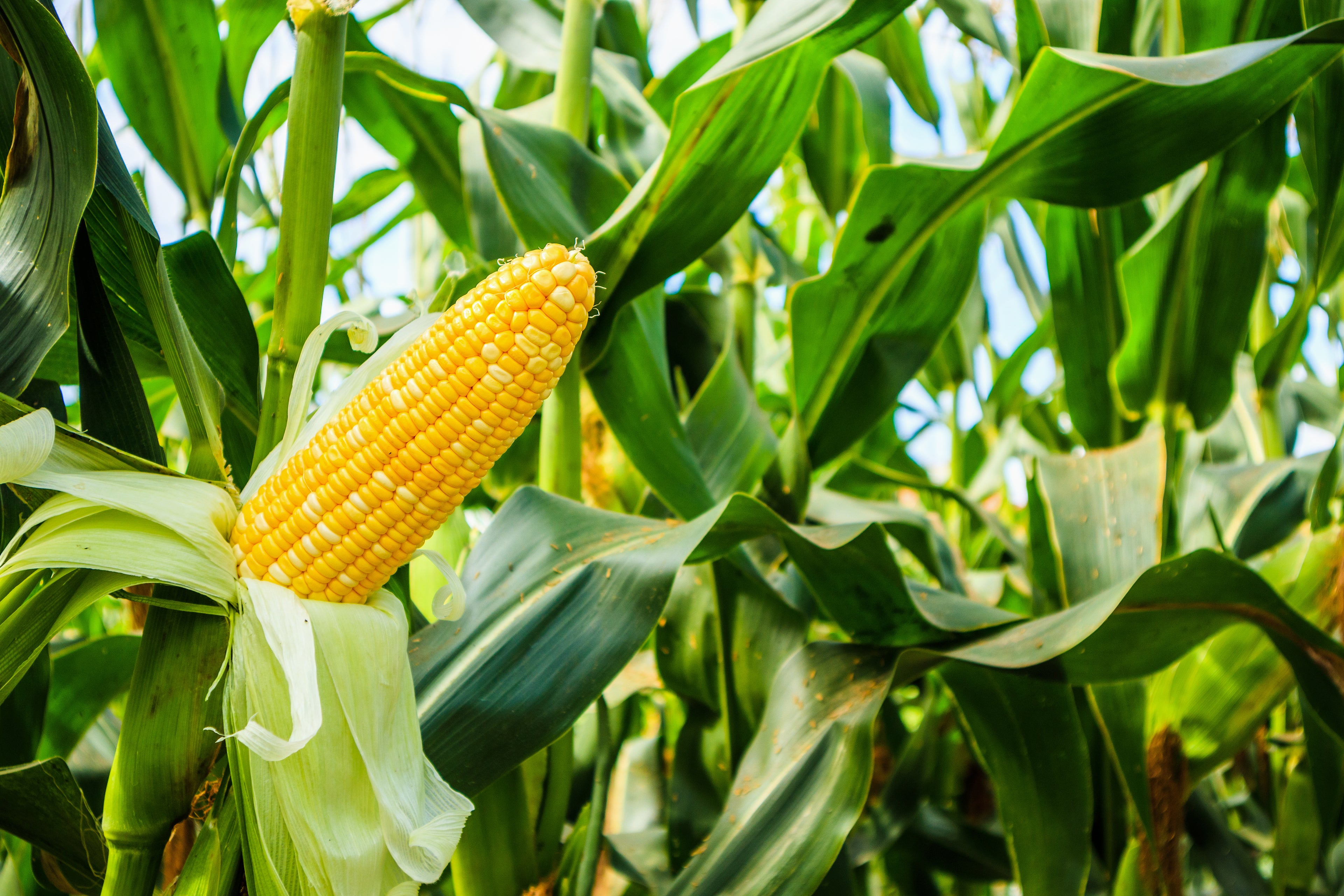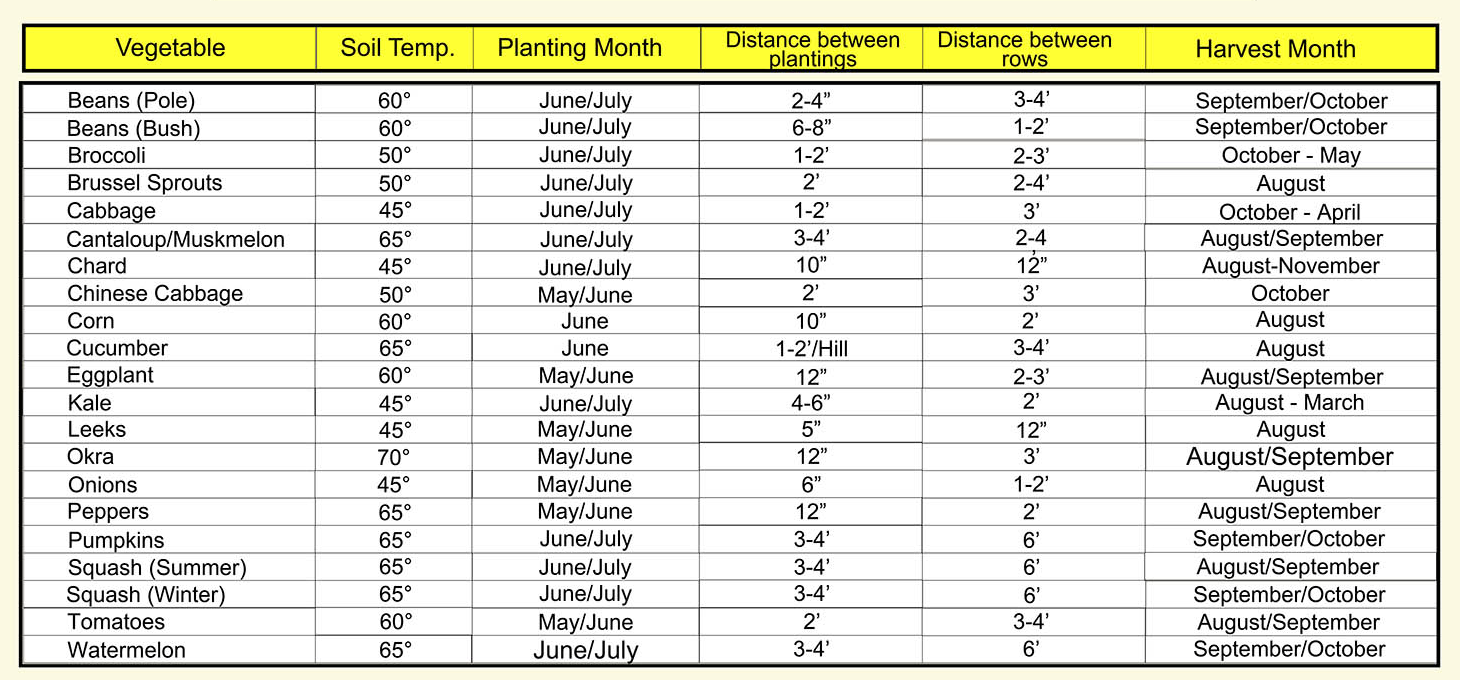Tomatoes
A favorite of gardener’s, home grown tomatoes offer quality, flavor, and variety that far surpasses their store bought counterparts. Read below to learn the basics of successfully growing your very own tomatoes this season!
Collapsible content

GROWING & PLANTING
Unless you are starting your seedlings in a greenhouse, we don’t advise planting tomatoes in the ground too soon. It can be easy to get too eager and plant them out before the last frost. Tomatoes are a warm-weather crop, and do not benefit from wet, cold soil.
However, there are techniques that will allow you to get a jump-start on the season. By using one of the methods listed below, you can plant your new tomatoes several weeks earlier.
- The Wall-o-Water are plastic, water-filled structures that can be placed around young plants to absorb the sun’s heat during the day and radiate warmth at night.
- Some gardeners employ black plastic mulch, which also absorbs heat, warming the soil.
- Floating row covers or cold frames are another method that has proven to be beneficial. Keep in mind that tomatoes have tender growing tips and hoops or stakes should be utilized with row covers to protect the plants.
When the danger of frost has passed and the soil has warmed to a consistent 60 degrees (typically around May 15th), it is time to prepare your soil and select your plants. Tomatoes have large root systems, and benefit from deeply cultivated beds. Place in the sunniest spot in your garden. Generally tomatoes need at least eight hours of direct sunlight. Pinch off the bottom two pairs of branches from the seedling and bury it extra deep. This will encourage extra rooting along the buried stem, creating a healthier, more vigorous plant.
It is a good idea to install your support system at planting time, so as not to disturb the root system later. Commercially available wire cages are an easy way to provide support for large tomatoes, but sturdy cedar stakes or fencing work as well. A-frame structures and teepees made of wood or heavy bamboo are another viable option. As the plant grows, it is important to carefully tie it with soft garden string to support the heavy growing fruit.
FERTILIZER
Tomatoes are big feeders! You will have healthier plants and bigger yields if you give them a blended organic fertilizer at planting time, as well as periodically throughout the growing season. Use a high phosphate fertilizer (we especially love Espoma Organic Tomato-tone)! As a preventive measure against blossom end rot, make sure your soil pH is within the correct range. If it is too acidic, your plant cannot access the calcium it needs in the soil. To raise the pH of the soil, it is best to add lime in the fall before the planting season. This is an easy and convenient way to make sure your tomatoes can access the calcium they need during the growing season.
COMPANION PLANTS
Plants are considered companions when they provide additional benefits when grown together. Advantages can include increased disease resistance, attracting beneficial insects, deterring pests, and more efficiently using space. Basil is a popular partner for tomatoes, both in cooking and in the garden. Large tomato plants provide some protection for basil. In return, basil’s strong scent comes from essential oils that repel insect pests including aphids, whiteflies and hornworms. Other aromatic herbs, including dill and fennel, can provide similar benefits. Flowers such as cosmos, Shasta daisies, marigolds, and sunflowers also work well near tomato cages.
PROBLEMS & SOLUTIONS
Blossom End-Rot occurs when the plant is having a hard time accessing calcium. This results from either the soil being too acidic or when moisture applications fluctuate too greatly. It is important to be consistent with watering. You do not want the plant to get extremely dry and have to compensate with heavily soaking it. Once a fruit has blossom end rot, it can’t be fixed for that individual fruit. However, with more consistent watering, later fruits probably won’t develop the same problem. You can raise the soil pH by adding lime, mixing it into the top soil layer, and watering well.
Blossom drop is often caused by the combination of dry soil with dry winds. It may also be caused by a sudden cold spell, heavy rain, or too much nitrogen. In most cases not all of the blossoms will fall off and another set of flowers will appear in time.
Early and late blight are fungal diseases caused by warm, wet weather. They are characterized by irregular, greenish water-soaked spots on lower leaves and stems. The spots rapidly enlarge to form purplish black lesions, which girdle the stems and leaves, killing the foliage. Avoid overhead watering, give plants plenty of room, stake, and prune to keep air circulating and plants dry. Remove diseased leaves.
Leaf roll is a physiological problem that is most often the result of heavy pruning or root injury. Some tomato cultivars display leaf rolling as a normal growth habit. Plants may lose leaves but will recover. This may lead to slow-ripening fruit. Temperatures above 85 degrees can slow the ripening of tomatoes, which ripen quickest between 70 and 75 degrees. Fruit just showing color changes can be picked and stored at room temperature to ripen.
TOMATO KEY WORDS
DETERMINATE: Compact, bush forming varieties typically growing 2-3′ tall. Since they require less space and staking, they are better suited to smaller spaces and containers. Determinate tomatoes flower and set fruit all at once, making them ideal if you are planning large batches of sauce or salsa for canning or freezing.
INDETERMINATE: Vining, rangy habit that require caging or staking for support. They will continue producing flowers and fruit throughout the growing season, right up until frost. They generally set fruit and ripen later than determinate tomatoes, but will produce larger crops over a longer period.
HEIRLOOM: Older varieties that have been passed down through generations. They are open-pollinated and generally produce plants true to type from seed. They are considered to be more flavorful, but can have mixed results in size, production, and fruit shape.
HYBRID: Have been bred for specific traits, such as disease resistance, increased production, and uniformity. They typically do not produce seed true to type and are not open pollinated. While they can lack in flavor compared to heirlooms, they tend to be more reliable producers and can require less care.
2023 VARIETIES
*PLEASE NOTE, we try to keep these varieties in stock on a regular basis. However, due to supply and demand, we cannot guarantee availability or hold product.
- Ace
- Anna Russian
- Amish Paste
- Beefsteak
- Better Boy
- Big Beef
- Black Krim
- Bloody Butcher
- Brandywine
- Celebrity
- Champion
- Cherokee Chocolate
- Chocolate Cherry
- Early Girl
- Green Grape
- Green Zebra
- Indigo Cherry
- Indigo Rose
- Japan Black Trifele
- Jet Star
- Juane Flame
- Legend
- Long Keeper
- Matt’s Wild Cherry
- Moskovich
- Oregon Spring
- Oregon Strawberry
- Paisano
- Patio
- Pineapple
- Pink Bumblebee
- Red Cherry Large
- Red Grape
- San Marzano
- Siletz
- Speckled Roma
- Striped German
- Stupice
- Sungold
- Sweet 100
- Sweet Million
- Sweet Olive
- Taxi
- Tumbling Tom Red
- Willamette
Peppers
Peppers can be intimidating to grow in the PNW, but they don’t have to be! Although they prefer warmer climates, with a few tips, peppers can thrive and produce a delicious bounty, adding that unique touch to your homemade salsas!
Collapsible content

STARTING FROM SEED
If starting peppers from seed they need to be started in February or March in a heated green house and on heating mats. For those who do not have the set up for seed starting, starts are readily available from the nursery typically starting in mid-April.
TRANSPLANTING
Pepper starts started from seed or bought at the nursery should not be transplanted out into the garden until danger of frost has past and the night time temperatures stay above 55 degrees, that is usually around May 1st in the Willamette valley.
Pepper plants prefer to be in a warm spot in the garden with full sun, and well drained, fertile soil.
Plant peppers 18-36″ apart
Pinch off flowering buds or premature fruits on small starts, to encourage the plant to focus on root growth. This will result in a larger plant that produces more fruit.
TIPS FOR SUCCESS
- Select short season pepper varieties
- Plant peppers in raised bed or mounds where the soil will heat up faster.
- Cover the soil around the plants with black plastic to help the sun warm the soil.
- Use season extenders to create a micro-climate particular for peppers. This can be done by covering the plant with a cloche, using a Wall O’ Water, or using a tomato cage wrapped with plastic.
VARIETIES
*These are varieties we often carry when in season. This is not a complete list and availability changes constantly. These are sold on a first come first serve basis, we are unable to hold vegetables but we can special order if you are interested in a full flat or more.
HOT:
- Anaheim
- Ancho
- Cayanne
- Cherry Bomb
- Ghost
- Greek Pepperocini
- Habanero
- Jalapeno
- Jamaican Scotch Bonnet
- Manzana
- Padron
- Serrano
- Thai Hot
- Sweet Banana
SWEET:
- California Bell
- Golden Wonder
- Mandarin
- Red Beauty

